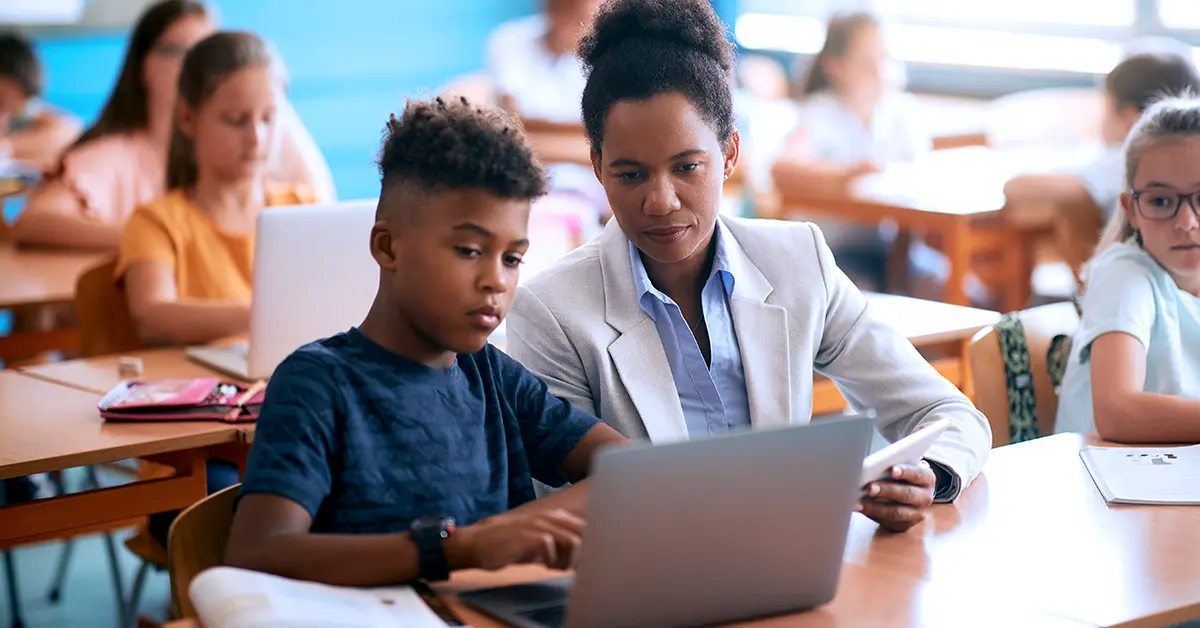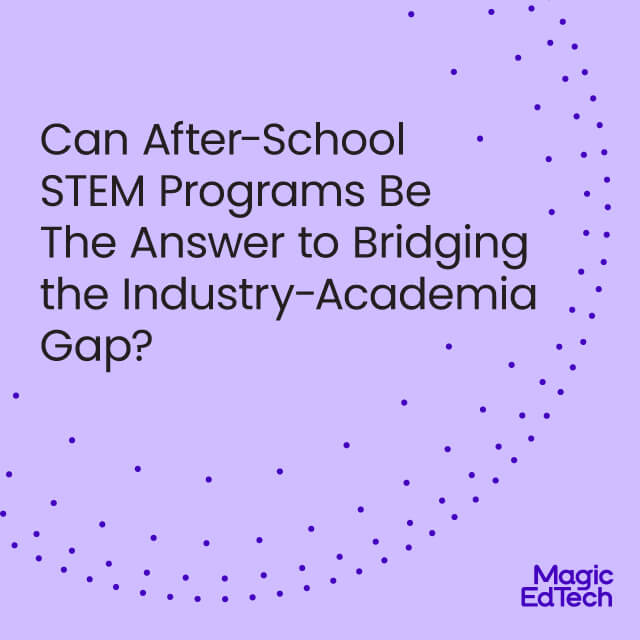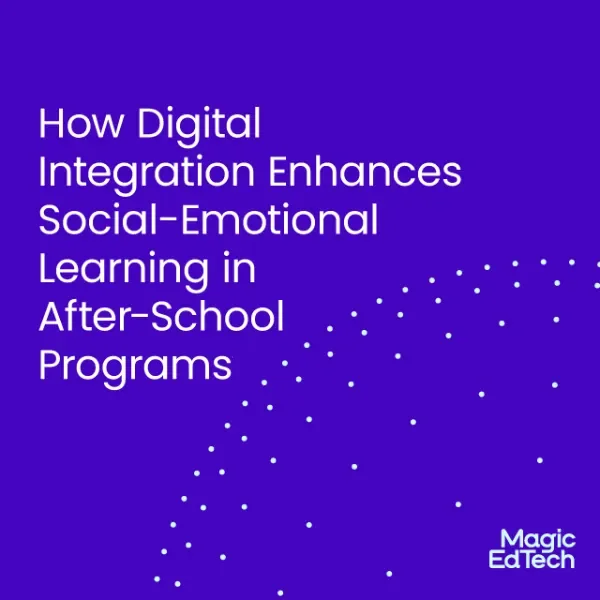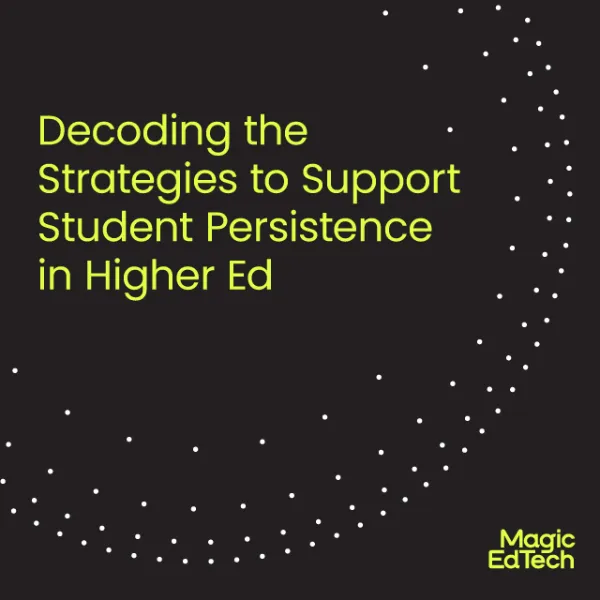How EdTech is Leading the Way Back to School
- 20 September, 2023
- Reading Time: 6 mins
With an all-new school year, came a whole lot of new edtech for students returning to classrooms. But what challenge areas are these technologies designed to tackle? Before we answer that question, it is better to understand the challenges K-12 Institutions are facing right now.
Today, schools are facing a new problem. The devices they handed out during the pandemic won’t last forever. They usually work nicely for about three years, much shorter than how long a school building lasts.
The key to this is planning and ensuring technology is a big part of the budget. This way, schools can always afford to give students the best tools for learning.
It’s important to note that schools now understand how crucial technology is for getting students ready for the future. So, they’re prepared to invest in it and ensure students have what they need to succeed. Let’s take a look at the current initiatives and areas of focus within K-12 education:
Federal Funding Initiatives
K-12 institutions often seek federal funding opportunities to support various programs and improvements. In response to the COVID-19 pandemic, the U.S. government allocated funds through the CARES Act and the American Rescue Plan Act to support schools in areas such as technology infrastructure, teacher training, and student support.
Technology Integration
K-12 schools have been increasingly focused on integrating technology into the classroom to enhance teaching and learning. This may involve providing students with devices like laptops or tablets, ensuring internet access, and using educational software and platforms.
Professional Development
Schools invest in professional development for teachers and staff to improve instructional strategies and adapt to changing educational technologies. Training may cover online teaching, data analysis, and digital literacy.
Special Education Support
Many K-12 institutions allocate resources to support students with special needs, including hiring specialists, providing assistive technology, and offering individualized education plans (IEPs).
STEM Education
Initiatives to promote Science, Technology, Engineering, and Mathematics (STEM) education have gained traction. Schools often seek funding to create STEM programs, offer hands-on learning experiences, and engage students in STEM-related projects.
Equity Initiatives
Addressing equity gaps is a central concern. Funding may be directed toward reducing achievement disparities, providing resources for underserved communities, and implementing inclusive practices.
What Challenges Can Students Face with Tech Integration in K-12
As K-12 institutions continue integrating technology into the learning process, students may face challenges adapting to new digital tools and platforms. This can include navigating online classrooms, using educational software, and participating in virtual or blended learning environments.
Here are a few reasons why students will need a helping hand when returning to school.
Data Privacy Concerns
With the increased use of technology in education, there are growing concerns about data privacy and security. Students and their families may worry about collecting and protecting their personal information by educational technology providers.
Data-Driven Education
While data analytics can provide valuable insights into student performance and personalized learning, there may be challenges in effectively collecting, analyzing, and interpreting this data to improve student outcomes.
Digital Divide
Not all students have equal access to technology and high-speed internet. The digital divide can create disparities in educational opportunities, with some students having limited access to online resources.
Equity and Inclusion
Ensuring equitable access to technology and educational resources remains a significant challenge. Some students may struggle to adapt to digital learning due to disabilities, socioeconomic factors, or language barriers.
Mental Health and Screen Time
Increased screen time for remote or hybrid learning can contribute to mental health challenges for students, including screen fatigue, isolation, and reduced physical activity.
Remote Learning Fatigue
Prolonged periods of remote or online learning can lead to remote learning fatigue, characterized by decreased motivation, engagement, and concentration among students.
Assessment Challenges
Traditional assessment methods may not be well-suited for remote or digital learning environments. Cheating and academic dishonesty can also be more challenging to monitor.
Teacher-Student Interaction
Building relationships and providing individualized attention can be more challenging in remote or hybrid learning settings.
How K-12 Institutions Are Supporting Students As They Head Back To School
Now, let’s look at how educational institutions are undertaking multiple initiatives to support students during their return to school.
Together, these efforts represent a commitment to nurturing the holistic development of students while addressing the unique demands of today’s educational landscape.
- Access to Mental Health Support: This means ensuring students can get help with their feelings and emotions when they feel sad, stressed, or worried. Schools want to provide support for students’ mental well-being.
- Community Schools for Academic Success: Community schools are like hubs where students learn and get help with other things like health and family needs. They aim to help students do well in their studies and life.
- Expanding Teacher and Staff Capacity by Bringing in Tutors and Mentors: Schools want more people, like tutors and mentors, to help students learn better. These extra helpers can give students more individual attention to ensure they understand their lessons.
- Increasing Teacher Workforce: More teachers are available in schools. With enough teachers, students can have smaller classes, often making learning more accessible.
- Directing Resources to Underserved Schools: Some schools don’t have as much money or resources as others. So, this point is about ensuring these schools get the help and resources they need to give students a good education, too.
- Technology and Learning Tools: As blended learning gains acceptance among students and educators, there is more demand for computers, tablets, and other gadgets to help students learn. Schools want to ensure students have access to the latest technology and tools to make their education better and more enjoyable.
How do Edtech Innovations Support Learning for Returning Students?
The main goal of ed-tech innovations is to improve students’ skills, whether it’s cognitive skills (like math and reading) or socioemotional skills (like teamwork and communication).
Some innovations also aim to improve access to education, meaning more students can learn. Others focus on making administrative tasks easier for schools, like handling money and keeping records.
Many ed-tech innovations focus on making learning fun and interactive. They provide tools that let students actively participate in their learning. For example, computer science applications help students program robots or video conferencing platforms that connect students with peers worldwide.
Engaging with Parents and the Community
These innovations make learning extend beyond the classroom. Students can have video calls with experts and use social networks for research. Parents can get involved in helping with homework through online platforms.
When communities are engaged in education, students tend to do better. It’s a way to create a strong bond between schools and those who care about students’ success.
Supporting Teachers
Technology can ease teachers’ workload, allowing them to focus more on teaching. It provides teachers with professional development and ready-made lesson plans and connects students with mentors and experts.
Teachers can also use technology to collect real-time data on student performance. This data helps them understand each student’s strengths and weaknesses so that they can personalize lesson plans accordingly. It’s like having a digital assistant to help teachers manage their classes more effectively.
There’s a growing investment in ed-tech worldwide, but not all innovations are equally effective. Some research has found that simply giving students access to technology only sometimes improves their learning outcomes in subjects like reading and math.
However, when technology is personalized, such as through adaptive learning platforms that tailor lessons to individual students, it can be effective, especially in improving math skills.
Final Thoughts
EdTech innovations help students develop the skills required to flourish in the future. Some are more effective than others, especially when personalized to individual students. It’s a time when they need comprehensive support to bridge learning gaps, address emotional challenges, and thrive academically.
Magic EdTech can be the perfect partner to help you in this endeavor, providing innovative tools and solutions that enhance the educational experience. Together, we can help you pave the way for a brighter and more resilient future for K-12 students, where their needs are recognized and met with proactive and meaningful support.
Connect with our experts today to learn more about our EdTech platform and learning solutions. If you want to know the effectiveness of your current platform, schedule an audit with us today!




